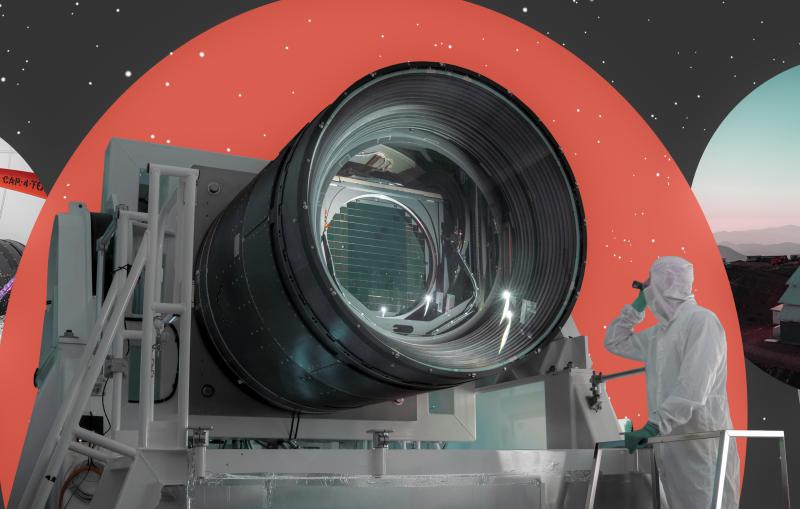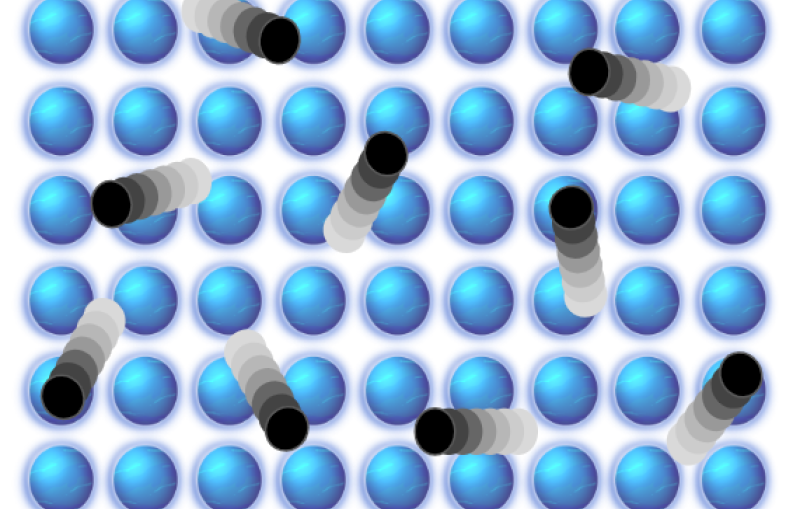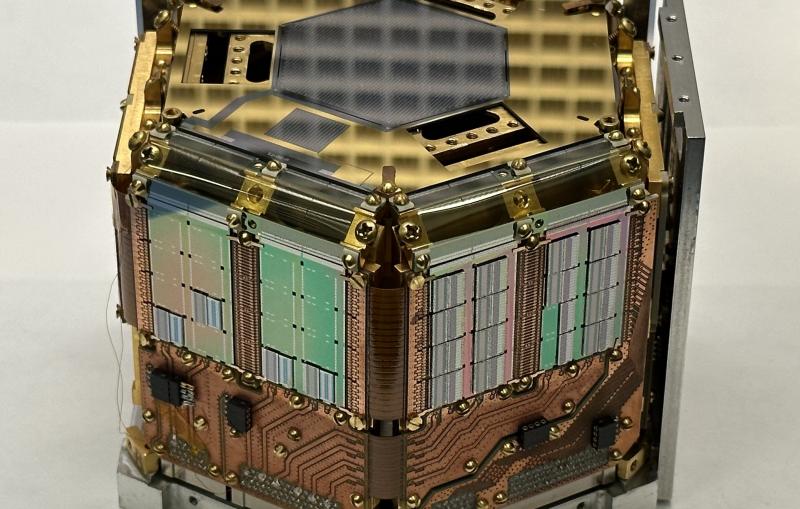SLAC and Stanford’s James D. Bjorken Receives 2015 High Energy and Particle Physics Prize
Prestigious Honor Recognizes Predictions of the Structure of the Proton
James D. Bjorken, a theoretical physicist and professor emeritus at the Department of Energy’s SLAC National Accelerator Laboratory and at Stanford University, has been awarded the 2015 High Energy and Particle Physics Prize of the European Physical Society (EPS). Along with four other scientists, he was honored for theoretical work that revolutionized our understanding of the internal structure of the proton.
In a 1969 paper, Bjorken described what is known as scaling behavior in the structure of the proton, which led him to propose that the scattering of electrons in powerful electron-proton collisions occurs on point-like constituents of the proton, called partons. These predictions were soon confirmed experimentally and partons identified as fundamental quarks.
The prize recognizes Bjorken’s substantial contributions to the development of a theory of the strong nuclear force between quarks. The award ceremony will be held July 27 at the EPS conference on high energy physics in Vienna, Austria. Earlier this year, Bjorken received the 2015 Wolf Prize in Physics for his key role in the effort.
EPS awards the prestigious High Energy and Particle Physics Prize every other year since 1989 for an outstanding contribution to high energy physics in an experimental, theoretical or technological area.
This year, it "recognizes essential theoretical contributions that paved the way to the modern understanding of scattering processes involving hadrons, allowing ultimately to interpret the data of many generations of leading experiments at HERA, the Tevatron, and the LHC colliders in terms of the fundamental processes involving quarks and gluons,” according to Yves Sirois, the current secretary of the EPS High Energy and Particle Physics Prize Board.
Contact
For questions or comments, contact the SLAC Office of Communications at communications@slac.stanford.edu.
SLAC is a multi-program laboratory exploring frontier questions in photon science, astrophysics, particle physics and accelerator research. Located in Menlo Park, Calif., SLAC is operated by Stanford University for the U.S. Department of Energy's Office of Science.
SLAC National Accelerator Laboratory is supported by the Office of Science of the U.S. Department of Energy. The Office of Science is the single largest supporter of basic research in the physical sciences in the United States, and is working to address some of the most pressing challenges of our time. For more information, please visit science.energy.gov.






